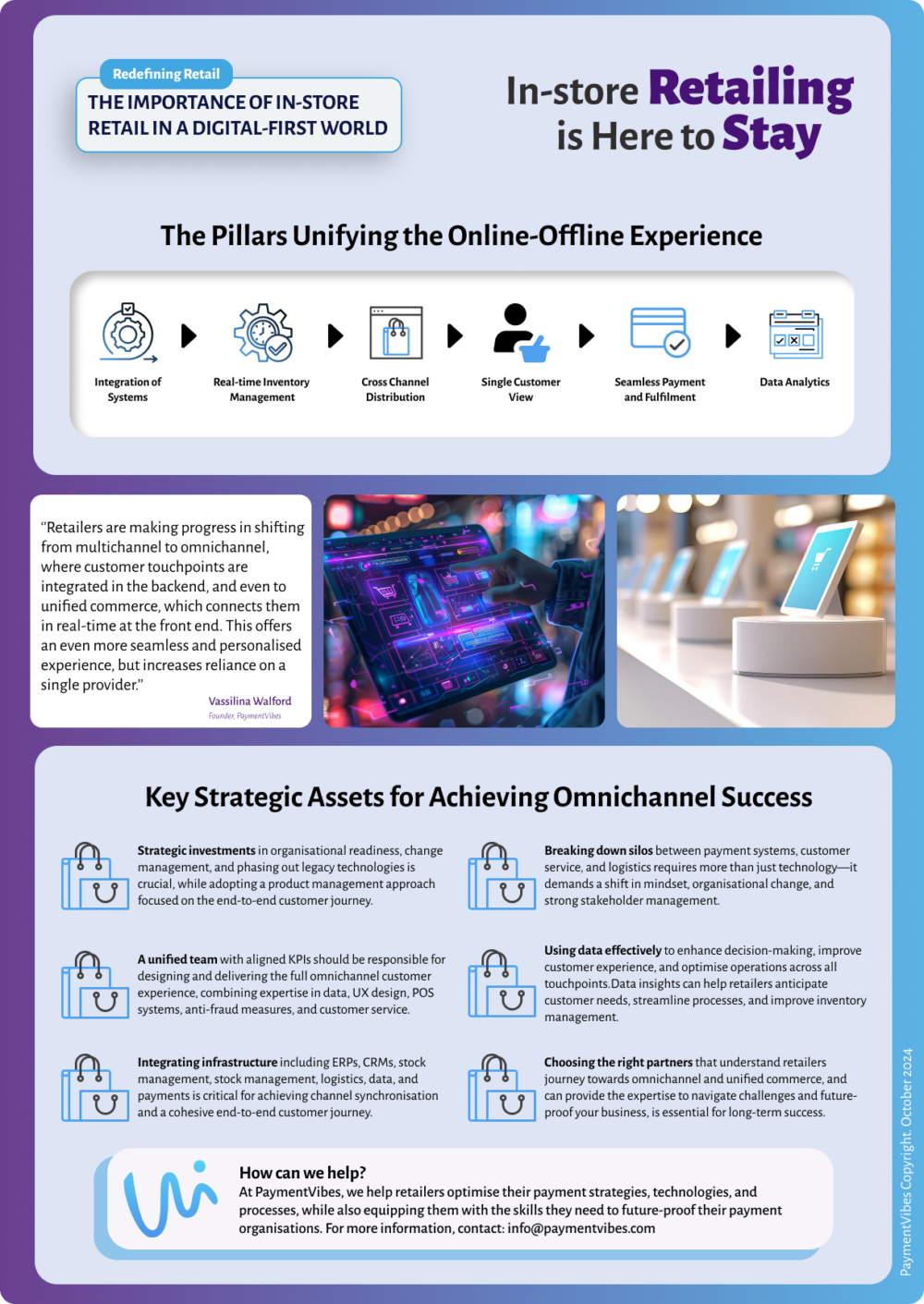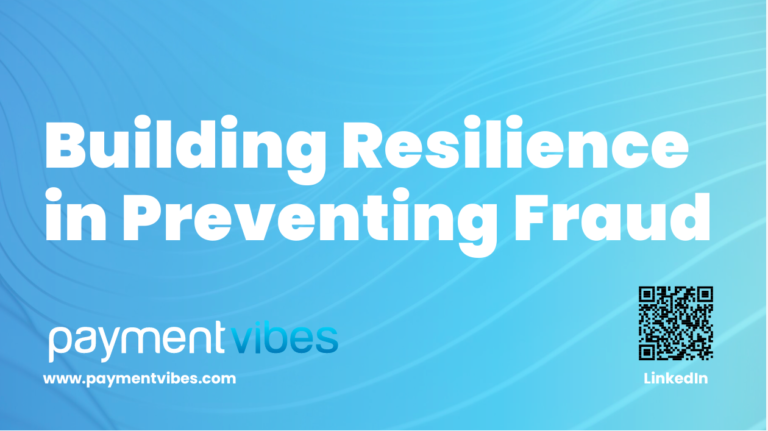
The past few years have been a whirlwind for retailers. Over four years have passed since the pandemic prompted a rapid shift from traditional brick-and-mortar stores to digital channels. With physical locations either closed or restricted, retailers were compelled to swiftly launch or enhance their e-commerce platforms in order to keep customers engaged and maintain sales. This acceleration also pushed the transition from multi-channel to omnichannel strategies, integrating various customer touchpoints behind the scenes to provide a seamless shopping experience across all channels.
This shift initially may have signalled the potential phase-out of traditional retail models as consumers increasingly embraced digital shopping and convenience-driven services for everything from groceries to clothing. However, as customers returned to physical shops after the pandemic, retailers are now seeing the need to enhance the in-store experience to match the rich and engaging digital experiences found online. While omnichannel strategies have linked customer interactions behind the scenes, these systems often work in isolation. The move towards a more connected retail aims to change this by connecting customer journeys and touchpoints in real-time at the front end, providing a truly seamless and integrated experience. The challenge is to integrate technology and customer data instantly within the store environment to improve the shopping experience.
Physical stores offer unique benefits that online shopping can’t fully replicate. Retailers that bridge the gap between online and offline can offer their customers a consistent shopping journey across all points of contact.
Unifying the Online-Offline Experience: The Imperative of the New Customer Loyalty
Driving new sales, fostering shoppers’ engagement and building loyalty in an increasingly competitive market requires more than just having an e-commerce channel or a physical store. There shouldn’t be any boundaries between online and offline. Today retailers who have embraced an omnichannel approach, looking at the engagement channels as one by combining the convenience of digital technologies with the immersive, personalised experience of in-store shopping, are better positioned to meet the evolving expectations of today’s customers and drive sustainable growth.
A widely accepted framework in the industry, referred to as SERVQUAL, suggests that service quality is shaped by five key dimensions:
- Tangibles: This covers the physical aspects like store design and atmosphere. Today, shoppers are looking for immersive and visually appealing places to shop, not just plain shopfronts.
- Reliability: Customers expect seamless and dependable experiences, whether they’re online or in-store. This means accurate stock information, timely deliveries, and efficient help when they need it.
- Responsiveness: Quick and effective assistance is a must. Shoppers interact with brands across websites, apps, and physical stores, and they want prompt support no matter the platform.
- Assurance: Trust is crucial, especially for high-end purchases. Physical stores often provide a sense of security that online-only retailers can’t, particularly with concerns about online fraud.
- Empathy: People appreciate brands that understand and value them. They seek personalised experiences and meaningful connections. While online platforms gather data, it’s the face-to-face interactions that truly build this empathy.
I have mentioned resilience in retail, and in my view, these dimensions particularly outline how the offline infrastructure is crucial in helping retailers strive in our digital-first world.
The Point-of-Sale at the Core of the Unified Commerce Toolbox
“We’ve buried the old approach, which was to look at conversion. Conversion is just an output of multiple actions, plans and strategies to improve sales. So now we only look at the customer; at customer engagement, at customer value, at purchase value, and returning customers”
Alexandre Meerson, chief digital, data and technology officer EMEA, Sephora,
–Internet Retailing–
A very interesting point made by Sephora’s Chief Digital, Data and Technology Officer, in a recent article, for me, reflects the broader role that the offline infrastructure plays in an overall omnichannel strategy.
The in-store point-of-sale (POS) systems have evolved significantly, transitioning from basic transactional hardware into integrated platforms at the heart of retail innovation and customer engagement. The advancements in technology have enabled retailers to become more agile by integrating digital elements such as interactive displays, augmented reality experiences, and mobile payment solutions into their physical stores. This fusion of digital tools with brick-and-mortar infrastructure allows retailers to create a seamless, omnichannel experience that enhances customer engagement and streamlines operations.
Traditionally, physical stores were heavily focused on foot traffic, as it was directly linked to key performance indicators (KPIs) such as foot traffic or sales per square meter rates. The logic was simple: the more people who walked into the store, the more potential there was for sales. However, this approach has evolved with the rise of digital technologies and omnichannel strategies. Today, physical stores are leveraged as fulfilment centres for online orders, offering faster delivery options and creating a more integrated shopping experience while providing retailers with a more holistic view of customer engagement, value, and long-term loyalty across both online and offline channels.
This adaptability of the offline infrastructure, serving both in-store and online demands, has been crucial to retailers’s resilience. Physical stores offer unique advantages, such as product demonstrations, immediate customer service, and immersive brand environments, making them indispensable in today’s competitive retail landscape.
What are the Strategic Assets for Omnichannel Success?
The evolution of retail requires more than simply adopting new technologies, it demands strategic investments in the resources and the operations to effectively align both physical and digital channels for true omnichannel success. However, while the ambition for omnichannel commerce is growing, many operations remain siloed, particularly with regards to payment processes. A disjointed approach falls short of delivering the seamless experience customers expect.
Retailers must ensure their channels operate in perfect synchronisation, supported by the infrastructure that integrates stock management, logistics, data, and payments. The digital transformation in the payment ecosystem is helping close the gap between in-store and online, allowing retailers to create cohesive, end-to-end customer journeys that are essential for sustained customer engagement.
Bridging this gap also requires breaking down silos between payment systems, customer service, and logistics to create a seamless, integrated shopping experience. In a perfect world, retailers need a single, unified team responsible for designing and delivering omnichannel customer journeys. This team should be accountable for the entire end-to-end customer experience, both online and in-store. Such a team would incorporate various functions, including data insight, user experience (UX) design, and technical expertise in areas such as point-of-sale (POS) systems, anti-fraud measures, and customer service. But most importantly and above all, the digital team should operate with a commercial mindset, focusing not just on technology but on driving overall business growth through seamless omnichannel execution.
Achieving this level of alignment, where a single unified team manages the full omnichannel experience, can be challenging for many retailers, particularly given the complexity and range of expertise required. When it comes to implementing a connected front-end experience, retailers should start by focusing on defining their end goals and assessing current systems to understand the total cost of ownership, beyond transactional fees. Setting clear KPIs is essential for measuring progress. By leveraging data and insights from their existing infrastructure, retailers can move towards more strategic initiatives. This is where fractional resources can play a valuable role, bringing specialised knowledge and helping to bridge gaps in skills and strategy.
How can we help?
At PaymentVibes, we bridge the gap between business strategy and execution for retail merchants by enhancing payment capabilities, enabling faster achievement of their business objectives. Our unique blend of retail experience and deep payment industry knowledge allows us to elevate your payment organisation and tailor our expertise to your business needs.
Contact us for a discovery discussion and let us help you harness the full potential of your POS technology for a superior omnichannel customer experience.



